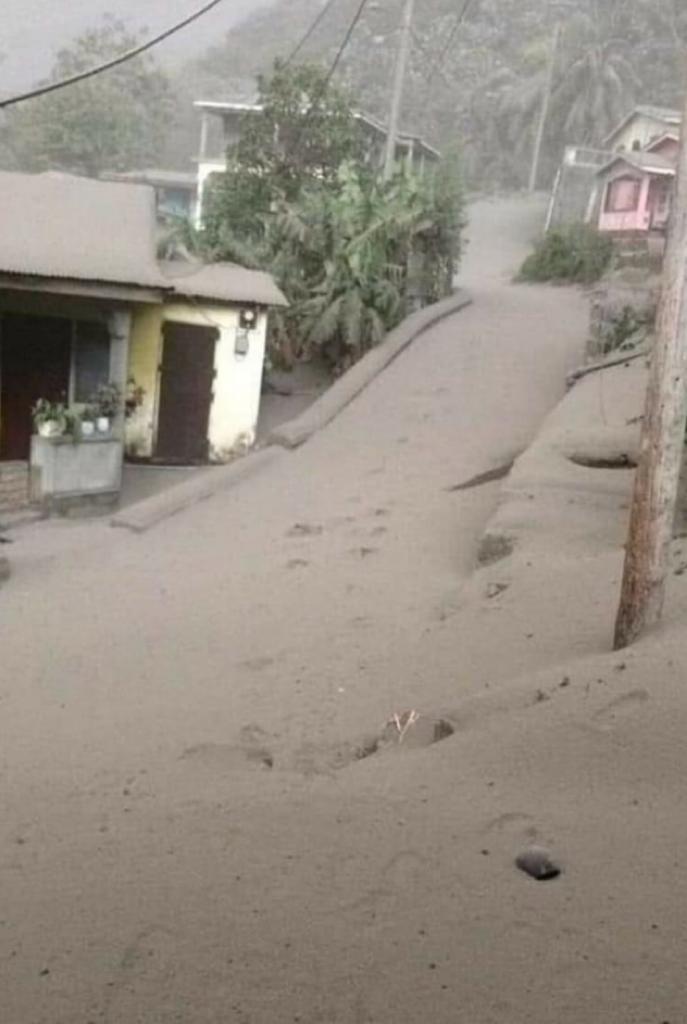


After 1903, St Vincent returned to a state of calm which wasn’t disturbed until 1971, when a remarkably quiet eruption built a new lava dome within the flooded crater of the volcano. The lake was then largely ejected during a series of explosive eruptions in 1979 and the dome was replaced with another.
The 1979 eruption began with only a very short period of unrest, starting with a strong local earthquake on April 12. Eruptive activity began with a series of short-lived but violent explosions and that lofted a series of ash plumes, high into the sky on Good Friday, April 13, 1979. Evacuation of people living in this zone commenced as is happening again at this time.
The explosions heralded two weeks of vigorous activity that peaked with an 18 km high plume on April 17, and ended, with the reduction of measurable seismicity on April 29. After this, the eruption switched to the quiet extrusion of lava, slowly forming the dome that sat in the centre of the crater for some 42 years. This was until the current build up of extruded lava began in late 2020 and surrounded much of the 1979 dome.
The seismic activity began on April 8, the first since 1979.
And as of 9 April 2021 the UWI Seismic research confirmed that at 8:41 am EST, an explosive eruption began at the La Soufrière volcano. St Vincent’s National Emergency Management Organisation said the volcano has ‘moved into an explosive state’ with plumes up to 8km high. Now a new chapter begins upon the unpredictable mountain.
From Correspondent reports




No comments:
Post a Comment
Note: only a member of this blog may post a comment.